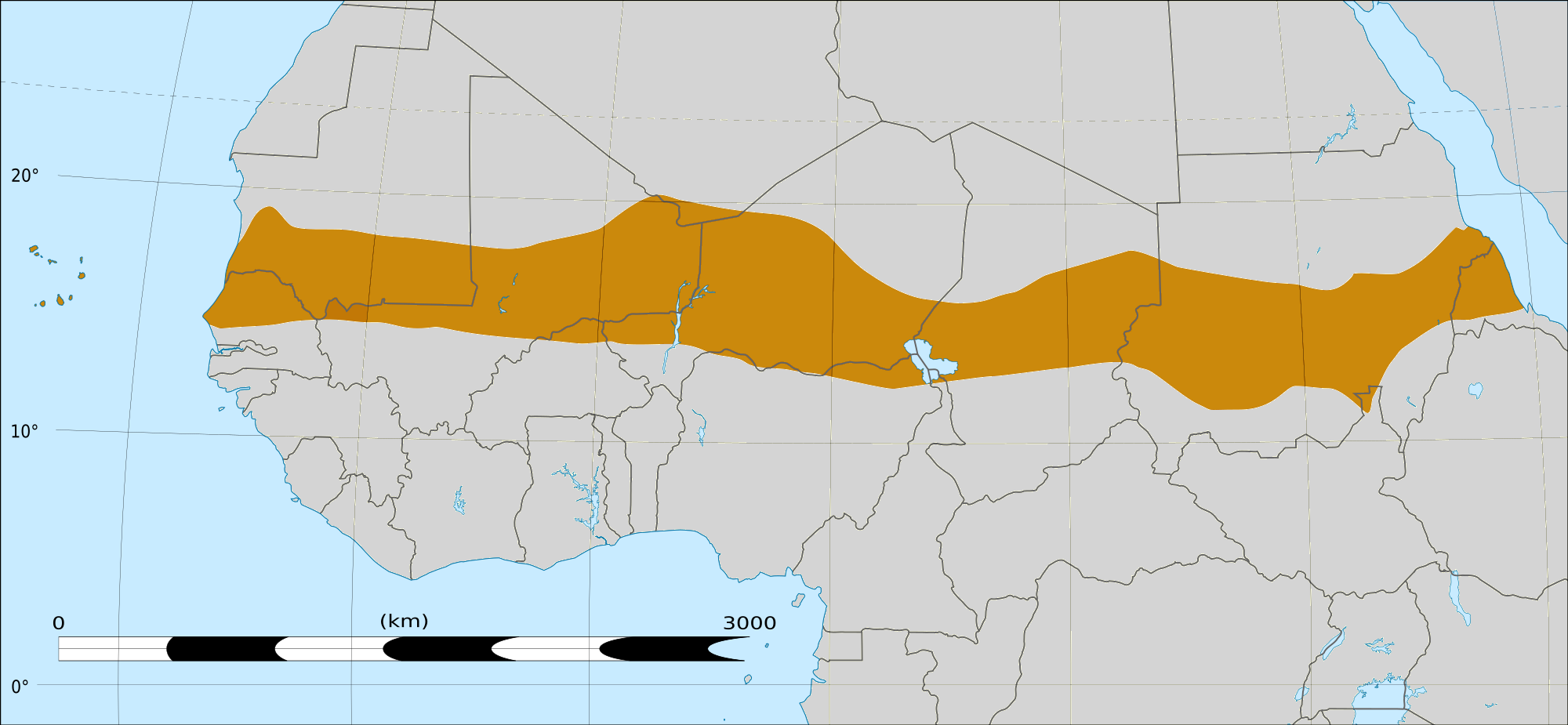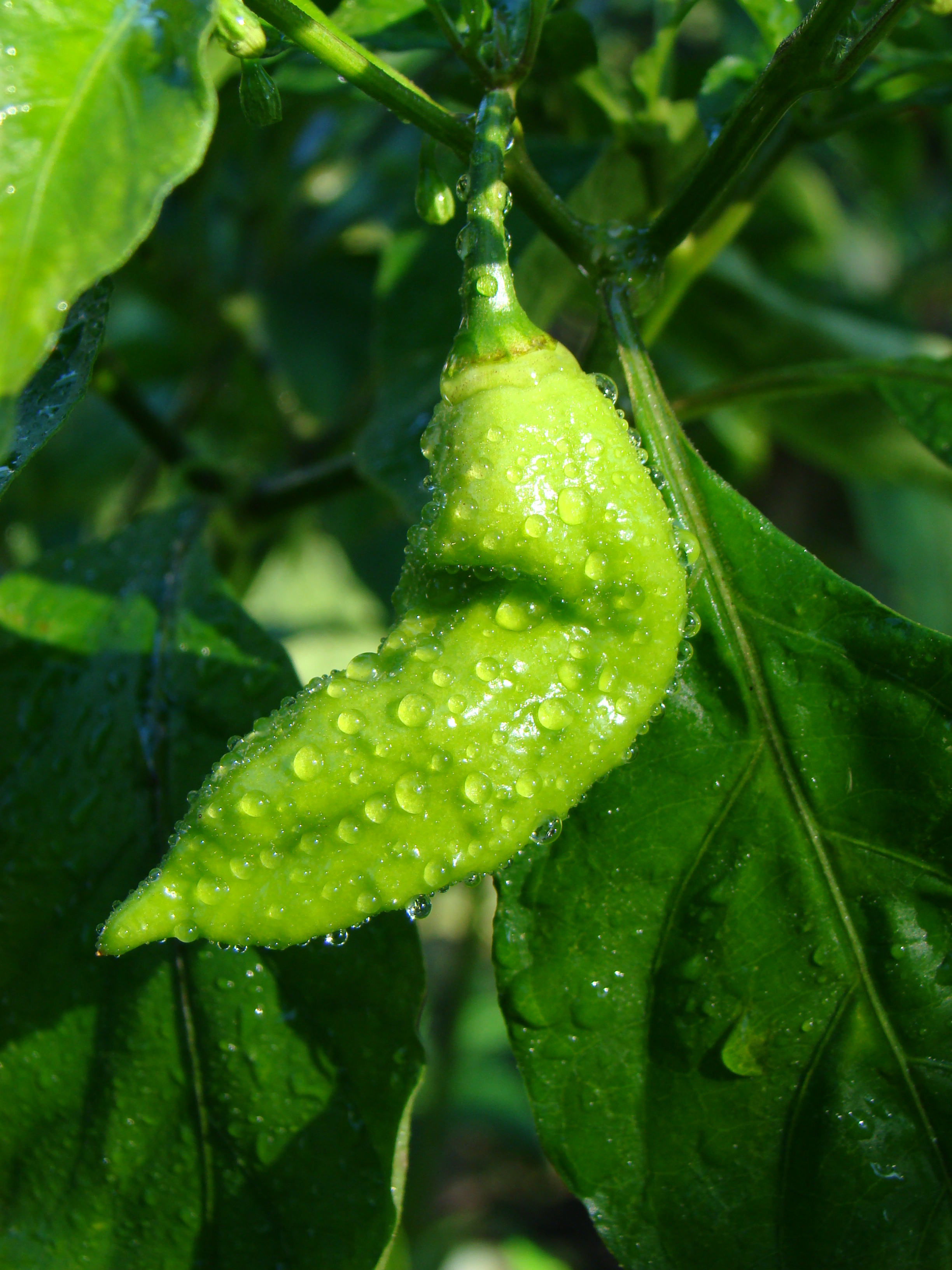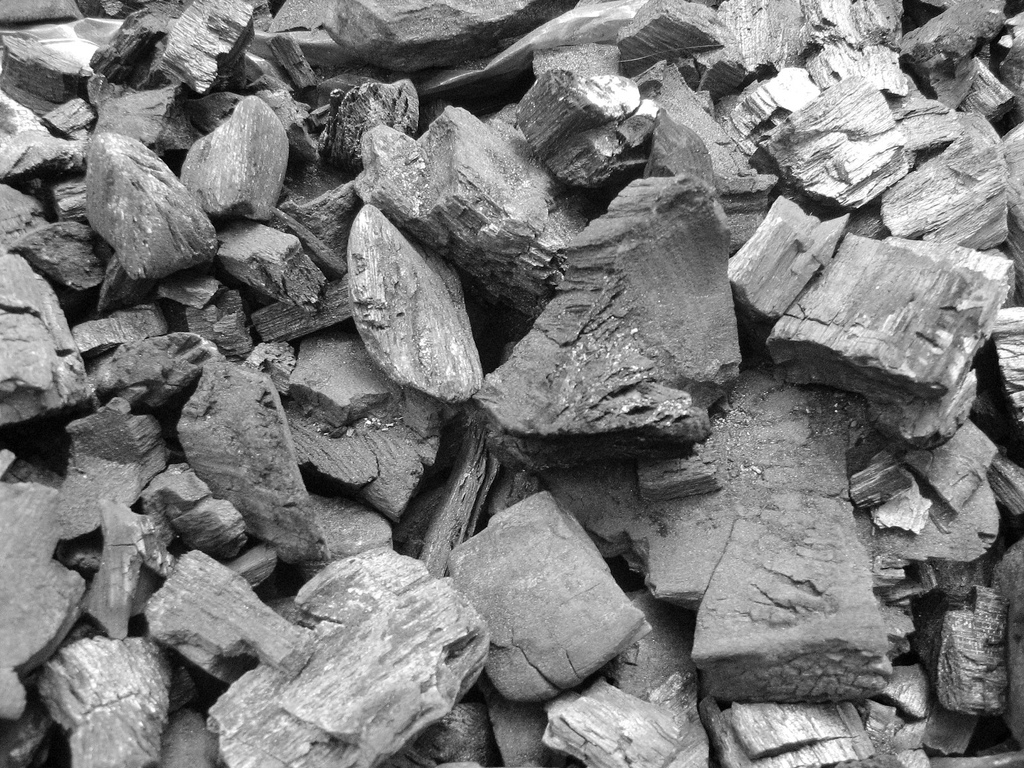So,
It was not too long ago that I was sitting in a crowded environmental issues class, listening to my professor (who has a blog
here), extol the virtues of trees. He summed it up well with the statement "Trees are the answer. What's the question?" They do have a number of benefits to the environment, and subsequently us humans. Let me first tell you a little about trees.
Essentially, trees will grow wherever they can. So long as there is enough water (rain, usually), and the soil is not in some way harsh, trees will start popping up. First, small grasses and weeds will cover available soil. Next, taller weeds compete and win against the shorter growth. With the shade from taller weeds, conifers (usually evergreens with needles), begin to take hold. Then, with the limited lifespan of conifers, deciduous trees may also be added to the mix. This is how the mixed forest of North America works, anyway. In fact,
switchgrass may be used to speed along this process as a "tall weed" analog in environmental regeneration efforts. Its roots are also an excellent tool for fixing soil to avoid erosion, but I don't need to tell you, my monocled, well-dressed, non-spambot readers.
Trees do much for the environments of which they are a part. Excluding habitat considerations, their root systems bind the soil to prevent erosion. The leaves and needles left on the ground to rot enriches the soil's carbon content, making it more hospitable to other plant life. They also provide shade to the forest floor, which becomes important in places where water is a little more scarce. The
Taiga forest, that which encircles the globe through Russia, the Nordic countries, Canada and Alaska, will actually affect global carbon dioxide concentrations when the seasons change. Supposedly, it is as if the trees all take a deep breath in preparation for winter, storing potential energy to use when the sun is scarce and conditions are harsh. In the interest of full disclosure, I may have this backwards for some reason. However, I just handed in my last paper of my University career, and I relish this recreational writing in which I do not need to meticulously fact check. I am a terrible academic.
 |
| An approximate representation of the Sahel region of Africa. Courtesy Wikipedia. |
Trees have also been part of a stunning revolution in the
Sahel. Most of my information on this topic comes from a truly fascinating
article I read in Scientific American, and not necessarily scholarly resources (ANARCHY REIGNS... *ahem*). The Sahel is a sub-Saharan region of Africa which is prone to drought and subsequent famine, and by all accounts is a terrible place to live if one values food. However, recent years have seen an incredible increase in food production across the region. This is not in thanks to Western scientific efforts, but rather the scientific, inquisitive spirit that persists in all mankind. An especially curious man named Yacouba Sawadogo led this revolution. He is a subsistence farmer who speaks only the local dialect, and no official language of Burkina Faso. At a time when crops were poor, he followed the local practice of making small conical holes in the soil to direct the scarce rainfall towards the roots of his plants.
Yacouba's innovation started with the addition of manure to these holes. Despite being called wasteful by his peers, he felt it would work. I feel it made good sense, the collected rain would filter through manure, bringing nutrients to the plants. The true revolution, however, was to follow. In the manure, one could find seeds of all varieties, a notable constituent being the seeds of the local trees. The use of trees in farming is by no means a new idea, the shade is good for crops in places like the Sahel (just as
grass is useful between rows of corn). However, live trees do not have a good success rate in being transplanted to these regions, and they often die. Yacouba saw these trees start to grow, and waited to see what would happen.
The trees, which did not have to endure shock of transplantation, thrived. In a land plagued by famine and drought, crop production increased. He also had a new source of income, the trees could be pruned and the wood sold for fuel. It did not take long for the practice to catch on. All across the Sahel, crop production has increased upwards of 50%. Families which once kept one grain elevator now require three to four to house all the millet grown. The 1980s saw very harsh droughts, during which time crop production was kept stable under those farms practicing farmer-managed natural regeneration (FMNR). Further, it has been suggested that during these droughts, the water table was actually rising due to the widespread adoption of FMNR. It is an age of unprecedented food security for the modern-day Sahel.
FMNR did not catch on quickly everywhere, however. In some countries, policies existed which stated that trees growing on a farmer's land did not belong to said farmer, and the trees and/or surrounding land could be seized by the government. The natural reaction to this is to kill any saplings. Luckily, the successes of FMNR were so great that the policies have since disappeared, and FMNR is now common practise all across the Sahel.
This is by no means the only success story of trees. Though I am sure many others exist, I wish to share another story I find fascinating. It is via the kind of tree pictured above, the Mangrove. These trees exist on the border of ocean and land. In an interesting twist, the extensive root system of the mangrove trees will trap soil which would otherwise be lost to the sea. With increasing amounts of trapped soil, the mangrove becomes more land than swamp. It is this way that mankind can reclaim land from the sea via natural mechanisms. This is practiced in Bangladesh with help from the Dutch (a people quite adept at reclaiming land from water).
You may, as I did, wonder how the tree can survive in such a salty environment. It is, after all, not easy for plants to do this. While the roots of the plant keep out well over 90% of salt, not all can be excluded if the plant wishes to get any water. So, by some biological mechanism (i.e. "black magic", to a chemist), the mangrove tree pumps the salt to old leaves, which then become sacrificial. The tree drops the leaves, and continues to grow, the mangroves steadily edging farther and farther out into the ocean.
So there you have it. Trees are truly wonderful. A natural beauty; a tool of man. The next time you are out and about, stop and ponder the majesty of a forest, and just what it means to the planet as a whole. If you want mood music for the experience, I recommend the Pines of Rome by Respighi. I listened to it while writing this post, and quite enjoyed myself.
NM
Edit: It would appear that trees are also responsible for the evolution of rivers that we know today, according to this Scientific American
podcast. It seems that water used to flow wide and shallow over the land. It wasn't until the evolution of tree-like species with deep, soil-fixing roots that rivers took their present shape.















_white_bg.jpg)





